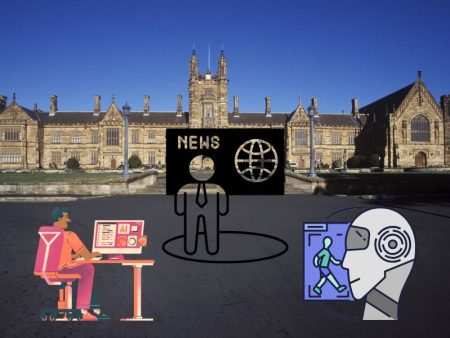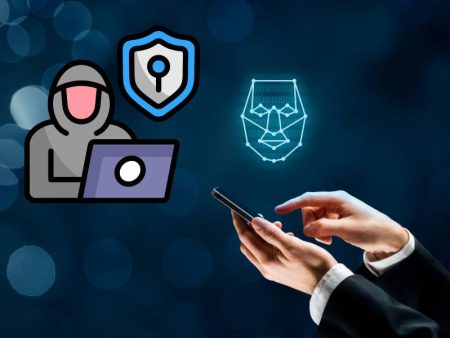Let’s just call it what it is—talking for hours, professionally, is exhausting.
If you’ve ever had to sit through back-to-back Zoom meetings or spent a day reading a story to your kids (or, honestly, repeating yourself to a chatbot that doesn’t get it), you’ll know the toll it takes. Now imagine doing that for a living. That’s the daily reality for narrators, call center reps, customer support agents, and even podcasters.
Here’s the kicker: voice fatigue isn’t just about being tired. It’s vocal strain. It’s headaches. It’s losing your actual voice. And if your income depends on how well you speak, losing your voice isn’t just inconvenient—it’s terrifying.
So where do we go from here?
Surprisingly—or maybe not, depending on how plugged into tech you are—the solution might lie in synthetic voices. Text-to-speech (TTS) tech isn’t just some novelty anymore. It’s stepping in to protect human voices from burning out entirely.
Let’s talk about how.
🎙️ The Invisible Load of Talking for a Living
First, let’s look at the people behind the scenes. Audiobook narrators, for instance. They often spend weeks voicing a single book. Hours in a small studio, re-reading the same sentence because of a minor crack in their tone. It’s not glamorous—despite what Instagram might tell you. It’s mentally and physically draining.
Same goes for call agents. Their job isn’t just to talk—it’s to sound pleasant. Consistently. For eight hours straight. Even when customers yell, cry, or (let’s be real) breathe heavily into the receiver for no apparent reason.
And here’s the thing people don’t often talk about: even the most talented voice professionals can’t not get tired. Vocal cords are muscles. They get worn out.
So we hit the point where companies and creators alike began asking, “Is there another way to do this without breaking the humans involved?”
Spoiler alert: there is.
💡 Enter Text-to-Speech AI: The Unsung Hero
In came TTS technology—not the glitchy, robotic monotone you might remember from early GPS devices. Nope. This new generation of tools is eerily lifelike. They pause naturally. They sigh. They emote. Honestly, some of them sound more human than actual humans on a bad day.
And that’s where tools like an AI Voice Generator Unlimited Words are making their mark. No more worrying about hourly limits or whether your narrator is getting sick. With tools like these, you can create long-form audio, generate consistent voiceovers, and keep the tone just right, every single time.
Think about the possibilities:
- Audiobook publishers can produce hundreds of titles a month without overworking narrators.
- Call centers can reduce live agent load by using AI for FAQs or basic troubleshooting.
- Indie creators? They can finally “voice” their content without maxing out their credit cards hiring talent.
It’s not just efficiency—it’s sustainability. For people, and for content production.
🤖 “But Will AI Replace Me?” Let’s Talk About That.
This question pops up every time AI steps in: “Is it going to take over my job?”
Look, I get it. I’m a writer—technically a job AI is creeping into. But here’s the truth most don’t say out loud: AI isn’t here to replace you. It’s here to support you. At least, when used ethically and with care.
Take this analogy: when digital cameras came along, did photographers suddenly vanish? Nope. But the way they worked changed. The craft evolved.
Same with voices.
Professional narrators still bring nuance, passion, and subtlety that AI hasn’t fully cracked (yet). What TTS can do is handle the volume work—basic lines, repeat prompts, explainer videos, product descriptions. You know, the parts that drain your energy but don’t exactly demand Shakespeare-level delivery.
So no, it’s not about replacing the voice—it’s about protecting it.
🎧 TTS in Real-World Action
Let’s detour for a second—because theory is great, but examples hit harder.
Case #1: The Burned-Out Narrator
Janet, an audiobook voice actor I know, told me she once had to take three weeks off after finishing a 14-hour fantasy epic filled with guttural dragon voices. Her throat? Shot. Her income? Paused. Now, she uses TTS for rough drafts and side projects, so her energy’s preserved for the performances that matter.
Case #2: The Call Center Overload
A fintech startup I worked with had a 10-person support team trying to handle hundreds of inquiries a day. Customers were getting cranky, and agents? Completely fried. After integrating a TTS bot for basic queries (think: “How do I reset my PIN?”), call volume dropped 40%. Agents got to focus on real issues, and employee retention improved. Wild, right?
🧠 Psychological Relief Is a Game-Changer
Let’s not ignore the mental side. Knowing that you don’t have to physically push your voice to the edge to earn your paycheck? That’s a relief most people underestimate.
Voice fatigue doesn’t just make your throat hurt. It affects confidence. Clarity. Even your sense of self, especially if your voice is your career. Having backup—an intelligent, customizable, tone-matching backup—is like having a co-pilot on rough days.
And because a good TTS engine mimics human inflection, your listeners might not even realize it’s synthetic. (Not in a creepy way—just in a seamless, helpful way.)
🤝 How We Blend the Best of Both Worlds
The secret isn’t to choose between AI and humans. It’s to pair them up.
Let the AI handle repetitive, mechanical, or bulk content. Let the humans shine in roles that require nuance, emotion, improvisation, and empathy.
Think of it like your GPS. Sure, it can get you from A to B. But you still decide if you want to stop at that cool-looking diner on the way.
🛠️ Getting Started Without the Hassle
If you’re curious, there are tools out there that make this easy to test. And here’s something that caught my eye recently: you can try creating your own voiceovers with zero hassle using an AI Voice Generator Unlimited Words. No caps. No gatekeeping. Just full access to see what’s possible.
Whether you’re a content creator, a small business owner, a teacher looking to spice up lessons, or a podcast enthusiast who’s lost their voice one too many times—this tech might just be your new best friend.
✨ Wrapping It Up (Imperfectly Perfect)
Let me be honest: I didn’t expect to care this much about synthetic voices.
But when you start peeling back the layers—hearing real stories of real people being helped rather than replaced—it’s hard not to root for this tech. Especially when it’s used mindfully.
Voice burnout is a very real, very human problem. But the solution? It doesn’t have to be a human burden.
So whether you’re reading this from a call center cubicle, a podcast studio, or your kitchen table with a sore throat and a tea in hand—just know: there’s help. And it’s getting better every day.
Who knows? Maybe your next rest day won’t mean a day off work. Maybe it’ll just mean letting your digital twin do the talking while you recharge.
Not bad, right?
Got your own voice-fatigue story? Or curious how TTS could help your world? Drop a comment. I’d love to hear how you’re holding up—and what you’re dreaming of automating next. 🧡


